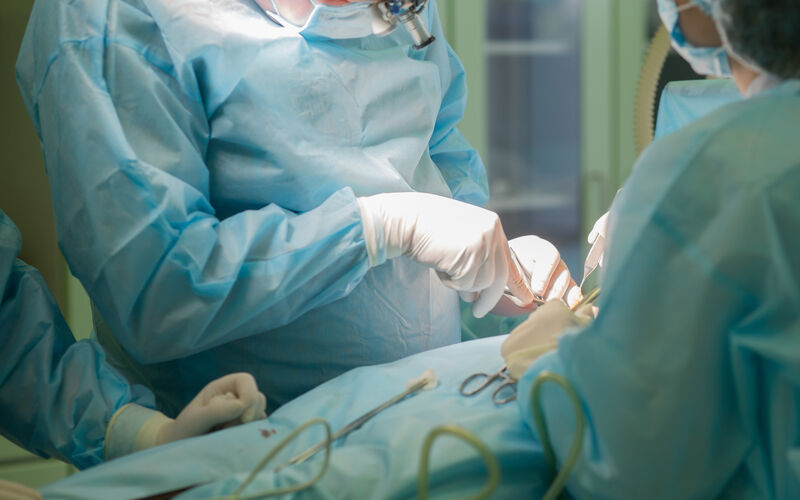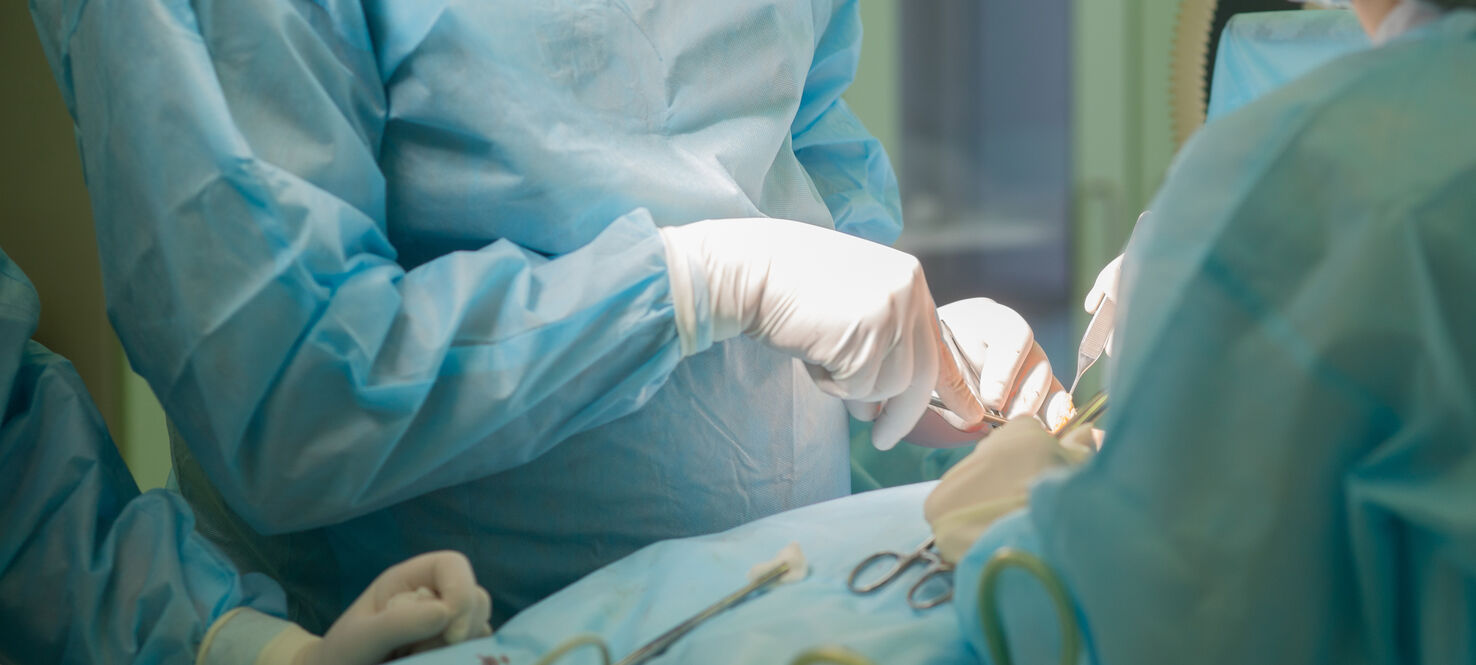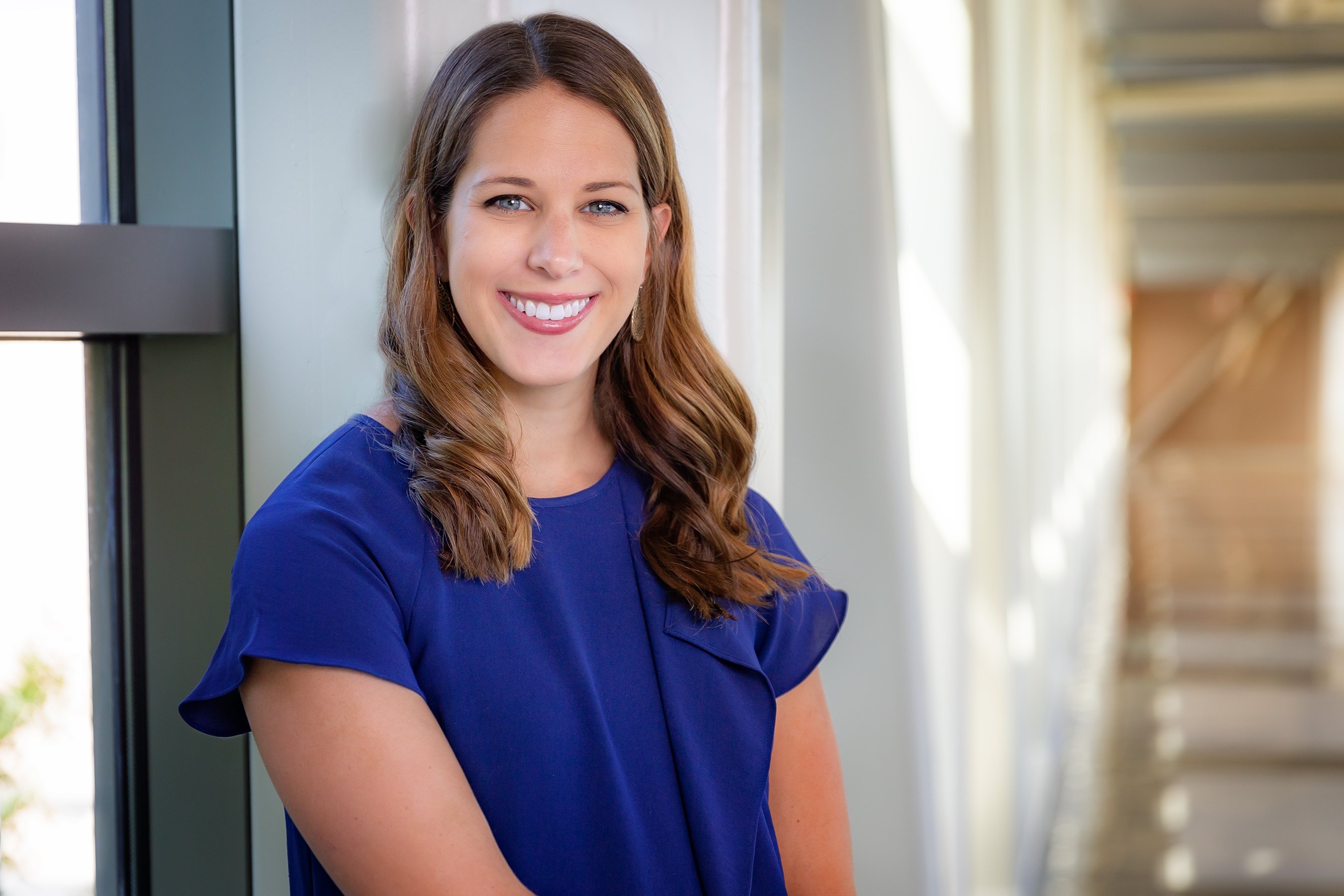Can AI Help Get Clearer Margins During Breast Surgery?
During a breast lumpectomy, a surgeon’s goal is to get negative, or clear, margins. This means the outer edges of the tissue removed don’t contain cancer cells. It can be challenging because cancerous cells are visible only on the microscopic level and most breast cancers aren’t perfectly round or easily felt.
If pathology reports after surgery show positive margins, the patient frequently is recommended to have surgery again.

Catherine Lee, MD
“The reoperation rates fall anywhere between 10% or less and all the way up to 50%, depending on institutions and labs. There is a lot of variation, but clearly we need to do a better job,” said Catherine Lee, MD, a surgeon in the Breast Oncology Department at Moffitt Cancer Center.
New technology aims to help surgeons identify clear margins in real time in the operating room to decrease the number of patients who need more surgery.
Ten hospitals around the country participated in a trial testing an intraoperative optical coherence tomography artificial intelligence system. Optical coherence tomography is an imaging technique mostly used by ophthalmologists that uses light to create detailed, cross-sectional images of tissues.
After the breast tumor is removed from the body, the surgeon places it on the console’s lens, rotating it on all sides so the system can get a complete scan of the specimen. In minutes, the device generates images and the built in AI platform flags areas the surgeon may need to revisit.
Data presented at the American Society of Breast Surgeons annual meeting shows the technology was able to identify 56 positive margins in 35 patients. The system’s AI was able to detect residual positive margins in 40% of patients.
“It improved detection, but it wasn’t 100%,” Lee said.
While improvements like fine-tuning the system’s AI and training surgeons on how to better read the images could make the platform better, Lee says the study is still an important step forward in the field to finding new ways to get clearer margins during surgery.




